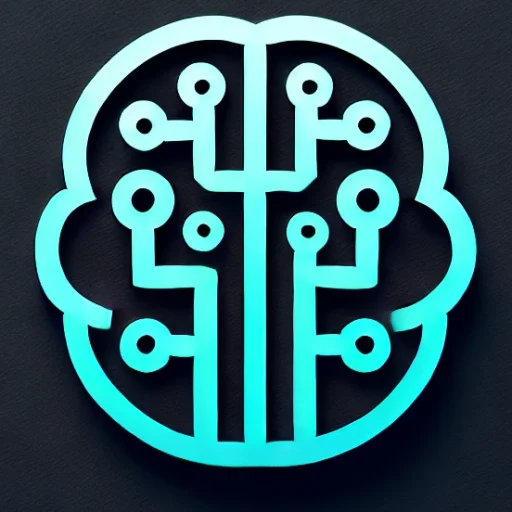
Introduction
The landscape of artificial intelligence is ever-evolving, with 2023 witnessing a surge in generative AI’s influence across various sectors. This technology, which allows machines to create content ranging from text and images to music and complex data patterns, is not only reshaping industries but also setting the stage for future innovations. Generative AI is proving to be a game-changer, capable of augmenting human creativity and optimizing processes, thus propelling us into a new era of technological advancement.
Key Insights & Latest Advancements
Generative AI models, notably generative adversarial networks (GANs) and transformers, have made remarkable strides in recent years. OpenAI’s GPT-3 and its successors have revolutionized natural language processing, enabling machines to generate human-like text with unprecedented coherence and context understanding. Similarly, DALL-E 3 has showcased AI’s ability to create visually stunning images from textual descriptions, pushing the boundaries of digital art and design.
Recent developments in this field have also seen the integration of generative models into video game development, healthcare for drug discovery, and even in finance for algorithmic trading enhancements. These advancements are powered by breakthroughs in deep learning techniques, enhanced computational power, and the availability of vast datasets.
Real-world Applications
Generative AI is finding applications across a multitude of industries:
-
Art and Entertainment: Artists and content creators utilize generative AI to produce unique visual art, music, and scripts, breaking traditional creative boundaries and introducing novel forms of expression.
-
Healthcare: In medicine, AI-generated models assist in generating synthetic data for training purposes, developing personalized treatment plans, and discovering new drugs by simulating molecular interactions.
-
Retail and Marketing: Businesses leverage generative AI to create personalized marketing campaigns, design unique product offerings, and optimize customer interactions through sophisticated chatbots and recommendation systems.
-
Education: Personalized learning experiences are enhanced by AI-generated educational content and tutoring systems that adapt to individual learning styles and paces.
Challenges & Future Outlook
Despite its transformative potential, generative AI presents several challenges. Ethical concerns, such as biases in generated content and the misuse of technology for creating deepfakes or misinformation, require stringent regulatory frameworks and robust AI ethics guidelines. Moreover, the computational demands and environmental impacts of training large models pose sustainability issues that need addressing through innovative engineering solutions and greener technology practices.
Looking ahead, the future of generative AI will likely see increased democratization, with more accessible tools for creators and developers. We can expect continued improvements in model efficiency and transparency, fostering greater trust and adoption across various domains. The integration of generative AI in augmented reality (AR) and virtual reality (VR) spaces also holds the promise of immersive experiences that could redefine human-computer interaction.
Conclusion
Generative AI stands at the forefront of technological innovation, altering the way industries operate and how creativity is harnessed. With ongoing advancements, its potential to drive significant economic and social change is immense. However, it is crucial to navigate its challenges with diligence, ensuring ethical deployment and sustainable practices. As we continue to explore the depths of what generative AI can achieve, it is clear that its role in shaping the future is as expansive as it is transformative.
Key Takeaways:
– Generative AI is transforming industries by augmenting creativity and optimizing processes.
– Key applications are found in art, healthcare, retail, marketing, and education.
– Challenges include ethical concerns and sustainability, which require thoughtful solutions.
– The future holds promising developments in accessibility, model efficiency, and transparent AI systems.

